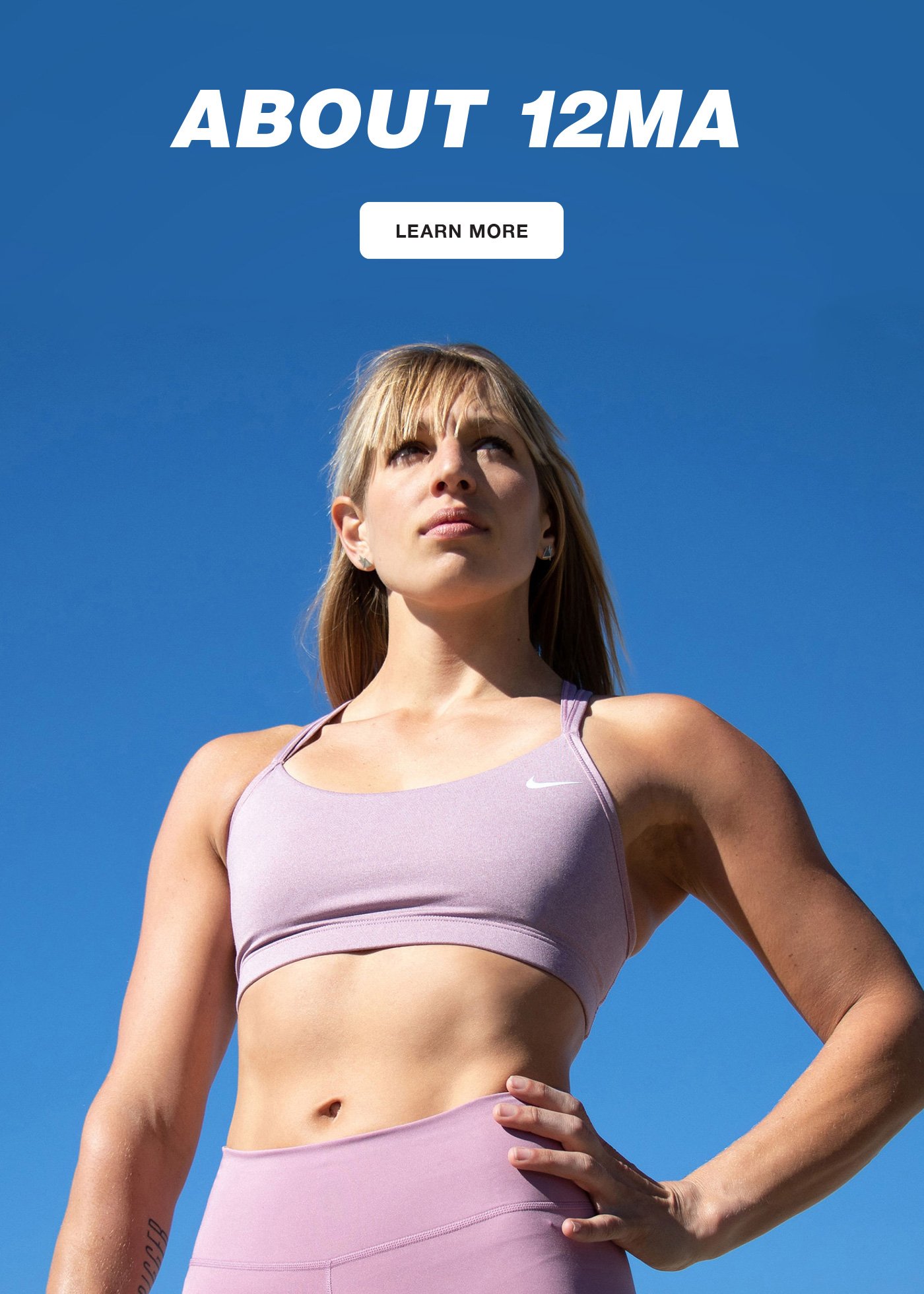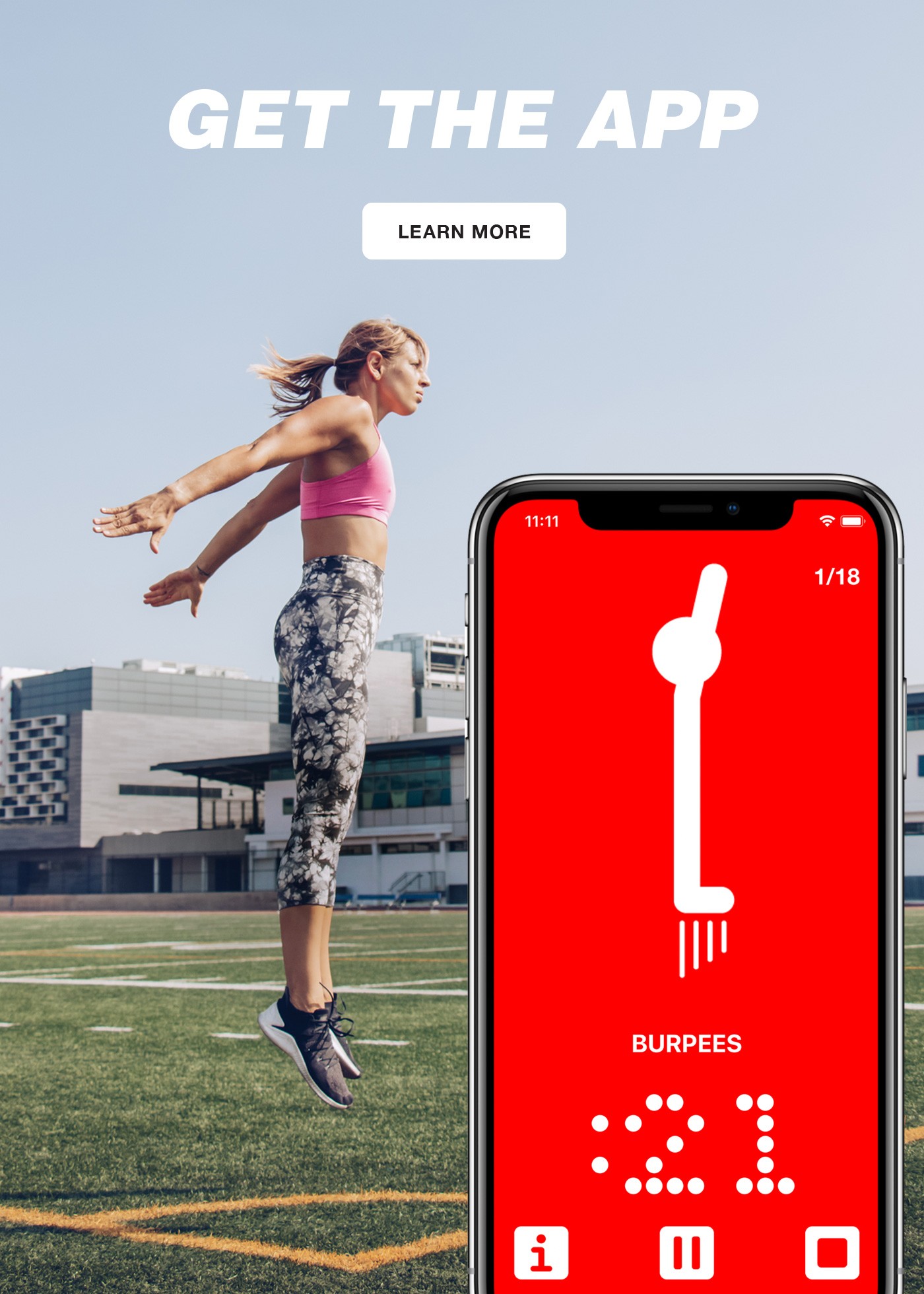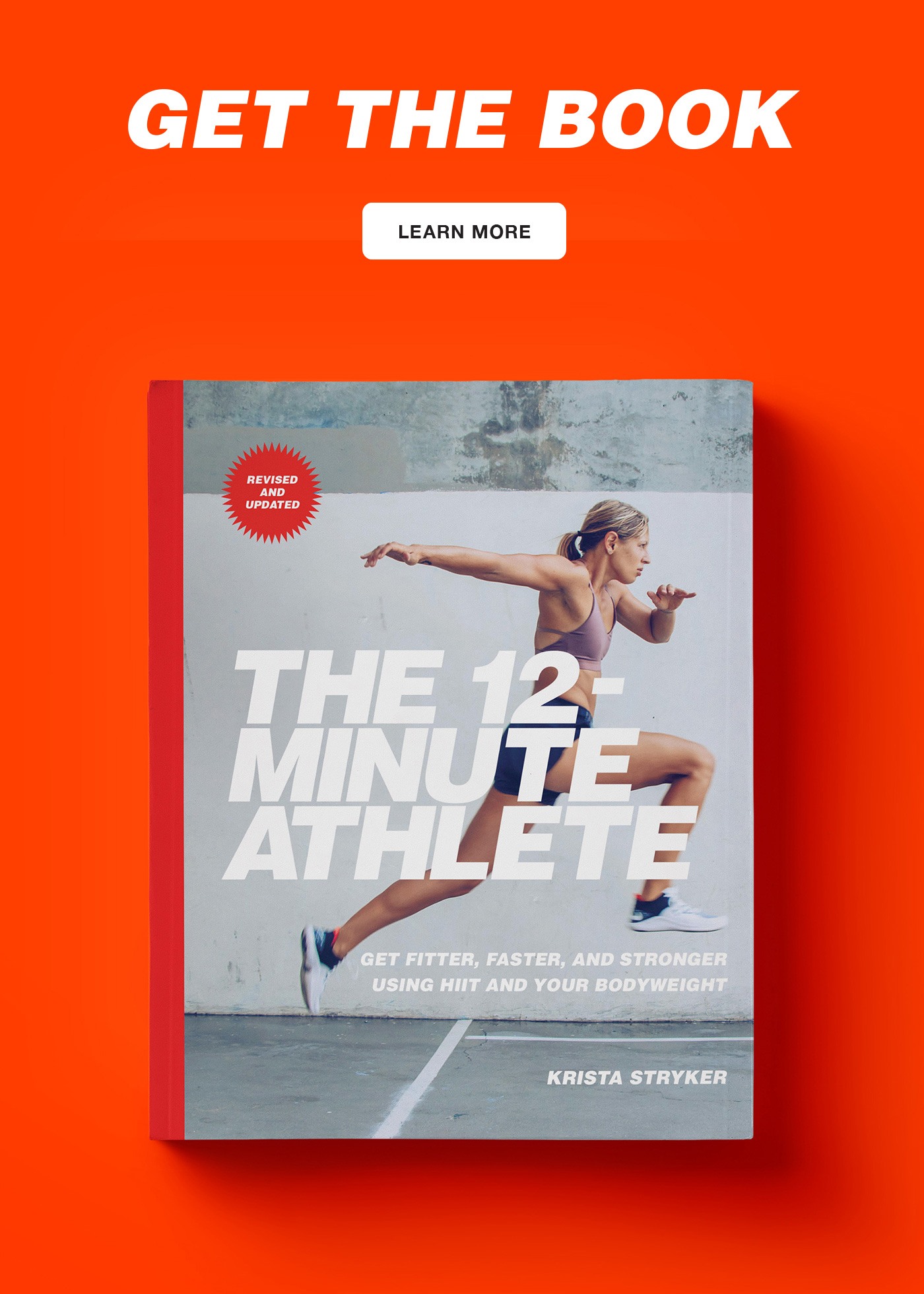We all know that protein is important.
We’ve previously talked about how to figure out how much protein you really need, but today we’re going to take a look at the best protein sources and the typical serving sizes of protein-rich foods to give you a better idea of how to get in your muscle-building macronutrients.
Just like carbs and fats, protein is absolutely essential to our body. Yet the ratios of all three macronutrients can vary in your diet, depending on your goals.
There are diets that stress the importance of fat, and are usually low in carbs (like HFLC–High Fat Low Carb and often Paleo as well). Other diets focus on the opposite, going very low in fat (as can be typical in an athlete’s or bodybuilder’s diet).
Protein, on the other hand, seems to be the “veggies” of macronutrients—hardly anyone argues that you don’t need them in your diet.
Not Only Bodybuilders Need Protein
The word protein is often associated with bodybuilders. They’re the ones who constantly chug down protein shakes and constantly carry around Tupperware with chicken breasts… right?
For example, I remember from my college days a few big dudes constantly downing cottage cheese, yogurt, and lunch boxes filled with egg white omelettes during class. They spent hours at the gym building muscle, and getting their protein in right on time and in the right amounts was essential for the best possible results.
But protein isn’t important only for bodybuilders. We all should emphasize protein in our diets and try and include protein with every meal. Not only will getting in enough protein help keep you full longer, it will also help you maintain a lean, strong body, whether you’re male or female. Don’t skip it!
The best way to set the right tone for your day is to include protein in the first meal of the day. A protein-packed, filling breakfast will help keep you full for several hours. If you get at least 20-30 grams of protein with your breakfast you should be able to easily focus on your work, workout, or whatever else you’ll be doing during the next 3-4 hours.
Compare that to a bowl of sugary cereal or a donut and coffee, which will keep you full for all about 30 minutes before you’re cranky and absolutely starving.
Protein Amounts in the Most Common Healthy Protein Sources
As always, it’s best to get most of your nutrients from real foods, and they should always come before supplements.
When choosing your foods, opt for organic grass fed (meats), wild caught (fish and seafood), and pasture-raised (eggs) options whenever possible, since they are nutritionally more dense than conventional produce.
In the following list you find the nutritional value of the most common real food protein sources. You will also see how many calories the most common portions of these foods have, including how much fat and how many carbs they contain.
The exact nutritional value of each product varies of course, depending on the specific product. The following numbers are average.
Dairy
Remember that flavored versions of dairy products usually come with quite a bit of added sugar. This information here is given for plain, unflavored dairy products.
These days, I actually prefer the taste of unsweetened yogurt and dairy products versus the super sugary pre-sweetened versions. But if you need your dairy to taste a little sweeter, just add some fresh fruit and a little natural sweetener like honey or maple syrup!
- Whole Milk Greek yogurt, 5.3 oz container (150 grams) – 15 grams of protein (120 kcal; 5 g fat, 5 g carbs)
- Fat free Greek yogurt, 1 container (150 grams) –15 grams of protein (80 kcal; 0 g fat, 6 g carbs)
- Cottage cheese, 2% milk fat, 1/2 cup – 13 grams of protein (100 kcal; 3 g fat, 4 g carbs)
- Parmesan cheese, 1 oz (28 grams) – 11 grams of protein (121 kcal; 8 g fat, 0 g carbs)
- Goat cheese, hard, 1 oz (28 grams) – 9 grams of protein (127 kcal; 10 g fat, 1 g carbs)
Meat, Poultry and Fish
- Steak, lean, cooked 4 oz – 30 grams of protein (250 kcal; 6 g fat, 0 g carbs)
- Ground Beef, lean, 4 oz – 30 grams of protein (250 kcal; 8 g fat, 0 g carbs)
- Chicken breast, 4 oz – 26 grams of protein (124 kcal; 1 g fat, 0 g carbs)
- Turkey breast, 4 oz – 20 grams of protein (120 kcal; 1 g fat, 0 g carbs)
- Tuna, raw, 4 oz – 26 grams of protein (140 kcal; 5 g fat, 0 g carbs)
- Salmon, raw, 4 oz – 21 grams of protein (130 kcal; 5 g fat, 0 g carbs)
Vegan/Vegetarian Options
- Tempeh, 1/2 cup – 15 grams of protein (160 kcal; 9 g fat, 8 g carbs)
- Tofu, firm, 1/2 cup – 10 grams of protein (88 kcal; 5 g fat, 2 g carbs)
- Lentils, cooked, 1/2 cup – 9 grams of protein (115 kcal; 1 g fat, 20 g carbs)
- Black beans, cooked, 1/2 cup – 8 grams of protein (113 kcal; 1 g fat, 20 g carbs)
- Pinto beans, cooked, 1/2 cup – 8 grams of protein (120 kcal; 1 g fat, 22 g carbs)
- Green peas, cooked, 1/2 cup – 5 grams of protein (70 kcal; 0 g fat, 13 g carbs)
Note that vegan and vegetarian sources of protein are generally higher in carbohydrate content.
Other
- Eggs, one average – 6 grams of protein (63 kcal; 4 g fat, 0 g carbs)
- Egg whites, 1 cup – 26 grams of protein (117 kcal; 4 g fat, 2 g carbs)
What About Protein Supplements?
Protein bars and powders are one way to add a lot of protein into your diet. While getting your nutrients from real food sources should always be your top priority, shakes and powders may definitely have their place in your diet.
Protein shakes can be great right after a workout when you may feel like you can’t eat anything solid, which can often be the case after an intense workout.
Protein bars can be convenient option when you’re on the go but don’t want to carry a bunch of Tupperware around with you. They can also occasionally serve as a little sweet treat after a meal to satisfy your sweet tooth.
It’s super important however to pay close attention to those concentrated protein sources like powders and bars. Many of them are packed with a lot of sugar and artificial sweeteners, and may not even have that much protein in them. Don’t let just the word protein on the bar convince you!
Choosing the Right Protein Bar
When buying a protein bar, here are a few things to look for:
- Protein content – 15-20 grams per average size bar (60 grams) is good.
- Sugar – Many protein bars come with more than 20 grams of sugar! That’s way too much. Try to find bars that have no more than 5 grams of sugar.
- Calories – Bars that are worth of 400 calories are almost a full meal, not a snack. Aim for closer to 200-300, depending on your goals.
- Sugar alcohols – Many protein bars contain sugar alcohols, that can cause bloating and other stomach issues.
- High Fructose Corn Syrup (HFCS) – Check the ingredient list: the higher the HFCS is on the list, the more of it the bar has.
- Protein-to-carbs ratio – If you want to lose fat, choose a bar that has twice as much protein as it has carbs. If muscle building is your priority, a bit more carbs than protein is okay.
Some of my favorite bars are RXBARS (all whole food based) and Quest Bars (higher protein content).
Keep the Rest of Your Diet In Check Too
Protein is important, but that alone won’t do the job. Just consuming a lot of protein is not going to magically make you fit and lean. But that’s what marketers want you believe, and that’s why they write the word protein in big print on their food, even if it may not be a significant source of it.
You should definitely aim to get in enough protein in with your meals, but be sure that the rest of your diet is on point too.
Because you can eat all the chicken, egg whites, and protein powders in the world, but if the rest of your diet is crappy or if you consistently consume way more calories than you actually need, you won’t lean out, build muscle, or improve your workouts.
Remember, food is fuel!
Nutritional data source: http://nutritiondata.self.com; www.stonyfield.com
Kersten Kimura is a NASM PT, kettlebell enthusiast and a fan of HIIT workouts. After relocating from chilly Estonia to California, she has taken full advantage of the area and works out outdoors whenever possible. You can find her throwing around her sandbag or swinging kettlebells at local parks, or sprinting along the gorgeous Bay Trail.
Find out more about Kersten here and sign up for her newsletter to get her one week equipment free workout plan and seven simple dinner recipes.



Krista… I think you are the best. Everything that you present is so practical and doable and with proper information.
Best wishes.
Thank you Tera!
Thank you!
May I ask why you prefer low fat protein ? Are you against chicken thighs etc? ….and why?
Hey Karen! I personally have nothing against low fat protein and use it in my meals as well!
THANKS for the reminders….. you are a great resource for a busy PHYSICAKLLY FIT schedule
Thanks!
Good article Kersten. One question though- which of those vegetarian proteins are complete vs incomplete?
Thanks, John! Beans and lentils aren’t, but you can supplement them with other protein sources. Tempeh, tofu and soy are considered complete protein sources. Also quinoa and buckwheat are complete protein sources, but as mentioned, similarly to other foods in this group they are higher in carbs.
Great ¡V I should certainly pronounce, impressed with your website. I had no trouble navigating through all tabs and related info ended up being truly simple to do to access. I recently found what I hoped for before you know it at all. Quite unusual. Is likely to appreciate it for those who add forums or anything, site theme . a tones way for your customer to communicate. Nice task..
http://www.ultrafatburners.com/11-foods-that-help-burn-body-fat/
http://www.ultrafatburners.com/11-foods-that-help-burn-body-fat/